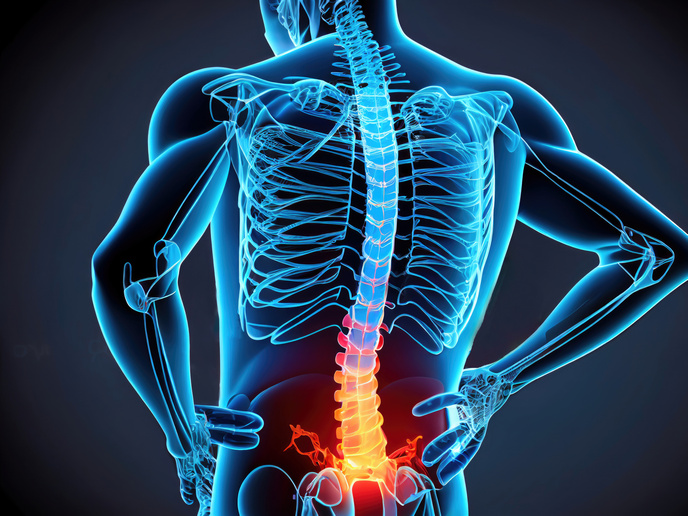Machines sensing their environment
The key element of artificial neural networks is the novel structure of the information processing system. This is composed of a large number of highly interconnected processing units, called neurons, which are working in parallel to solve a specific problem. Spiking neurons differ from conventional artificial neural networks as information is transmitted by means of spikes rather than by varying firing rates. The SENSEMAKER project partners believed that this allows spiking neural networks to encompass the rich dynamics required for real-time applications. When implemented on reconfigurable, parallel hardware, neural networks can take full advantage of their inherent parallelism and run orders of magnitude faster than software simulations. Developing Application specific integrated circuit (ASIC) devices for neural networks is, however, both time-consuming and expensive. Researchers at the University of Ulster in the United Kingdom therefore focused on Field programmable gate arrays (FPGAs) that provide arrangements of logic components that can be configured with ease. More specifically, an updated configuration bitstream can be downloaded directly onto the device to achieve the desired change to the system. To enable the responses of a biologically plausible neural network to be exploited, a conductance-based version of the Integrate and fire (I&F) neuron model was implemented on an FPGA platform. A biologically inspired form of the Spike timing-dependant plasticity (STDP) was also implemented in hardware to train the neural network. By utilising a fully parallel implementation of this model, the number of neurons that can be implemented was limited to the number of embedded multipliers provided. On the other hand, time-multiplexed architectures provided for favourable trade-offs between computing speed and size of the neural network. The final system was tested on performing coordinate transformation with promising results. This application was conceived as part of the SENSEMAKER project that aimed to create a hardware system capable of merging multi-sensory data and perceptually aware, to some degree, of its environment. Coordinate transformations convert angles of a haptic sensor to (x,y) coordinates that are in turn used to generate a haptic image representation of the search space. However, it was made evident that further improvements to the FPGA-based implementation would be required to achieve real-time performance.







